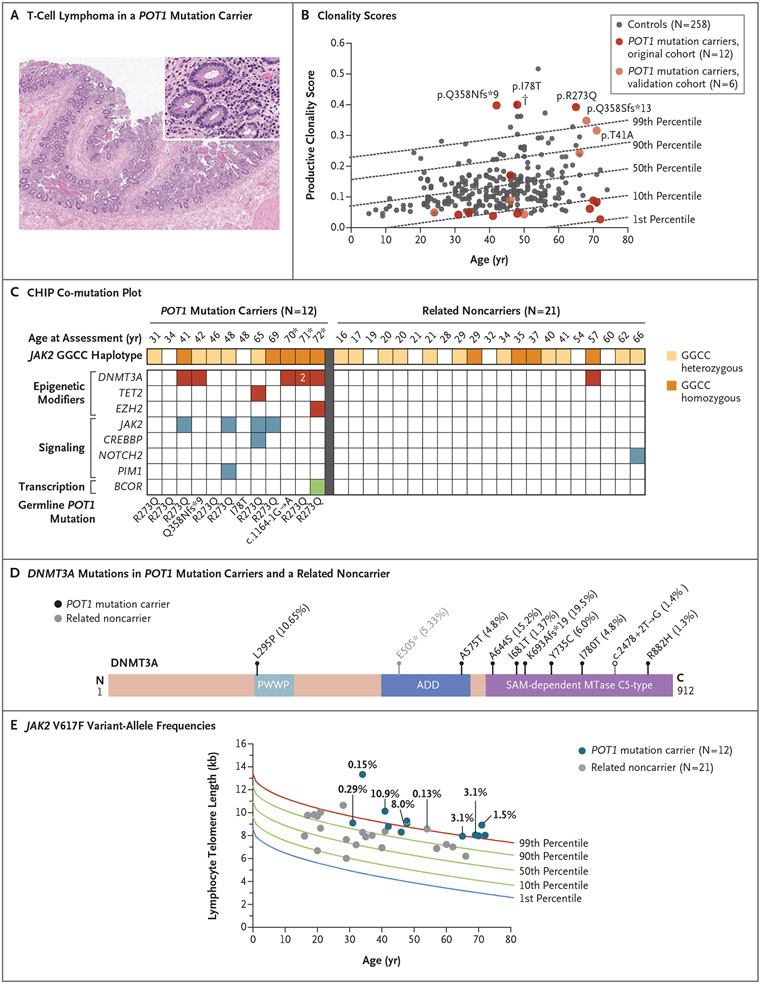Figure 3 (facing page). Lymphoid and Myeloid Clonality among POT1 Mutation Carriers.
Panel A shows images (hematoxylin and eosin staining) of small bowel from an autopsy examination of a POT1 mutation carrier in whom large T-cell lymphoma developed after receipt of immune-checkpoint inhibitor therapy for metastatic melanoma. Lymphocyte infiltrates involving the lamina propria were positive for CD3. Panel B shows productive clonality scores plotted against age (calculated from T-cell receptor Vβ CDR3 sequencing as 1 minus the normalized Shannon’s entropy for all productive rearrangements). Scores range from 0 to 1, where 0 represents polyclonality and 1 indicates one rearrangement dominating the entire repertoire. The 18 POT1 mutation carriers are from seven unrelated families. Percentile lines are derived from 258 healthy bone marrow donors (controls) who were seropositive for cytomegalovirus, as derived from Emerson et al.24 One person with a history of cutaneous T-cell lymphoma but no known systemic disease is indicated with a dagger. Panel C shows a CHIP co-mutation plot including POT1 mutation carriers and their noncarrier relatives sorted according to increasing age with the germline mutations indicated below. JAK2 GGCC haplotype status is also color-coded in the key. The three persons indicated with an asterisk had additional DNMT3A mutations with variant-allele frequencies of 1% or higher, one of whom had two DNMT3A mutations with variant-allele frequencies of 2% or higher; all these mutations are shown in Panel D. Panel D shows DNMT3A mutations identified in POT1 mutation carriers and in one related noncarrier relative to the conserved domains of the protein and their allele frequency. Filled circles denote nonsynonymous mutations and the unfilled circle a splicing variant. Panel E shows JAK2 V617F variant-allele frequencies identified by targeted ultradeep sequencing in POT1 mutation carriers and their noncarrier relatives, shown in relation to lymphocyte telomere length.

